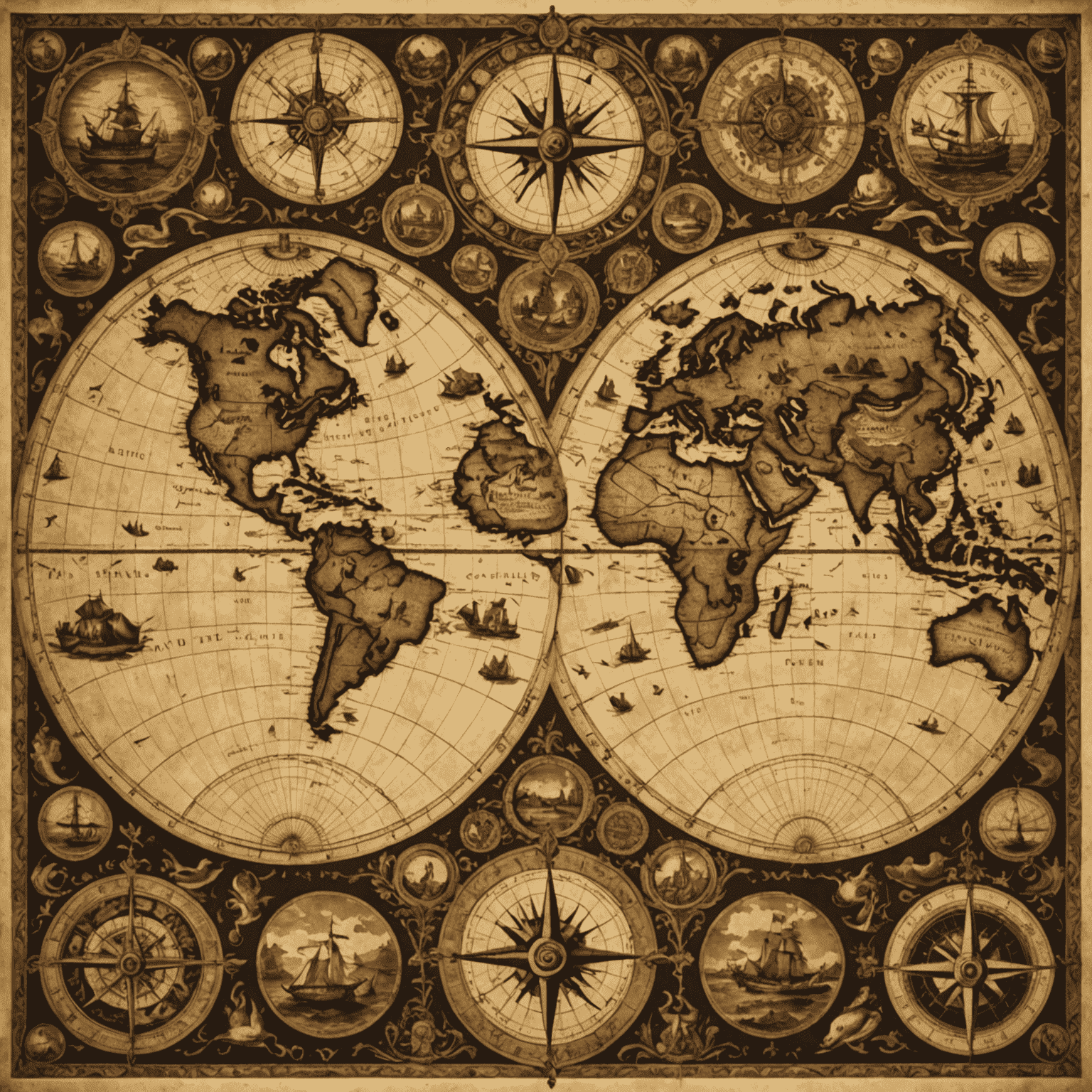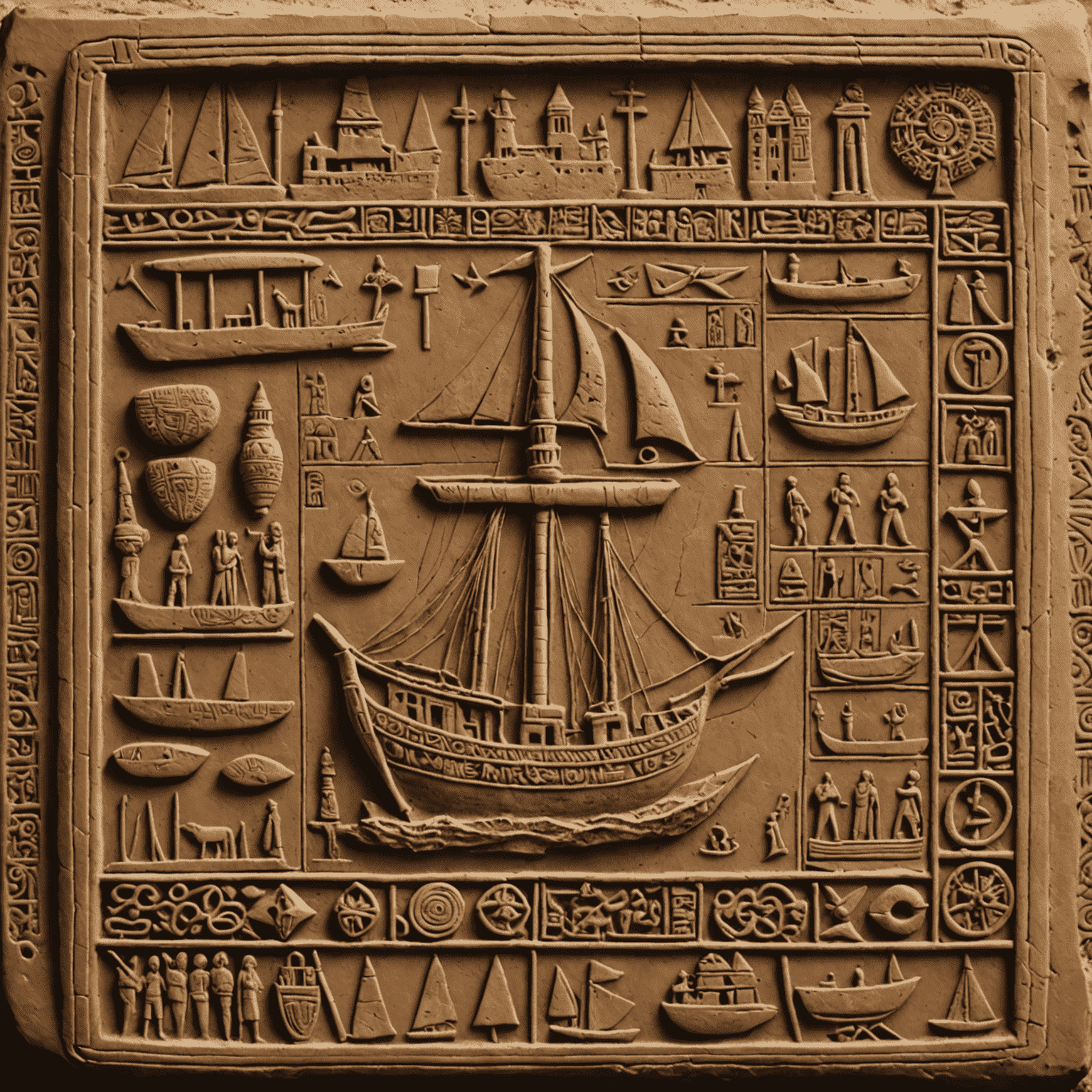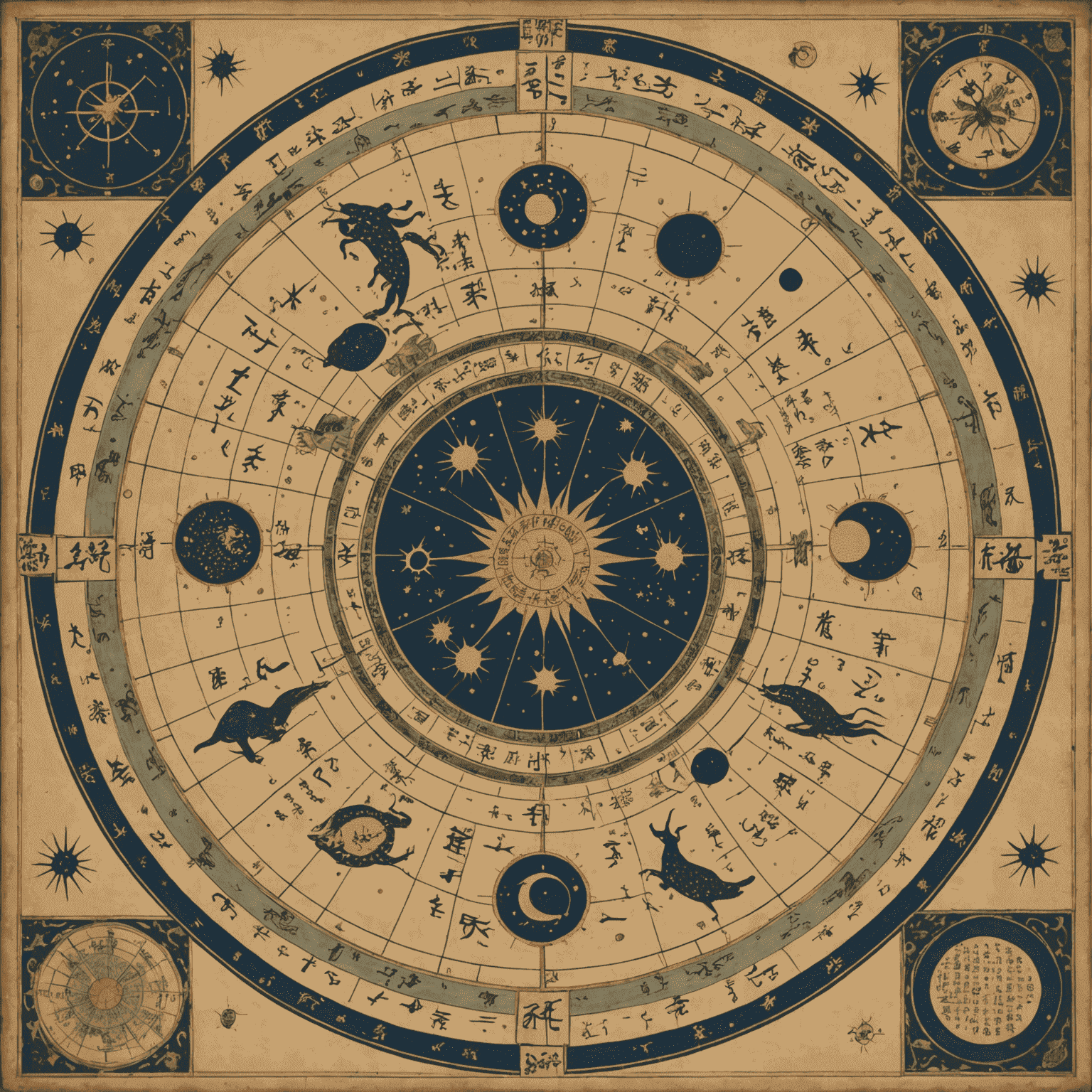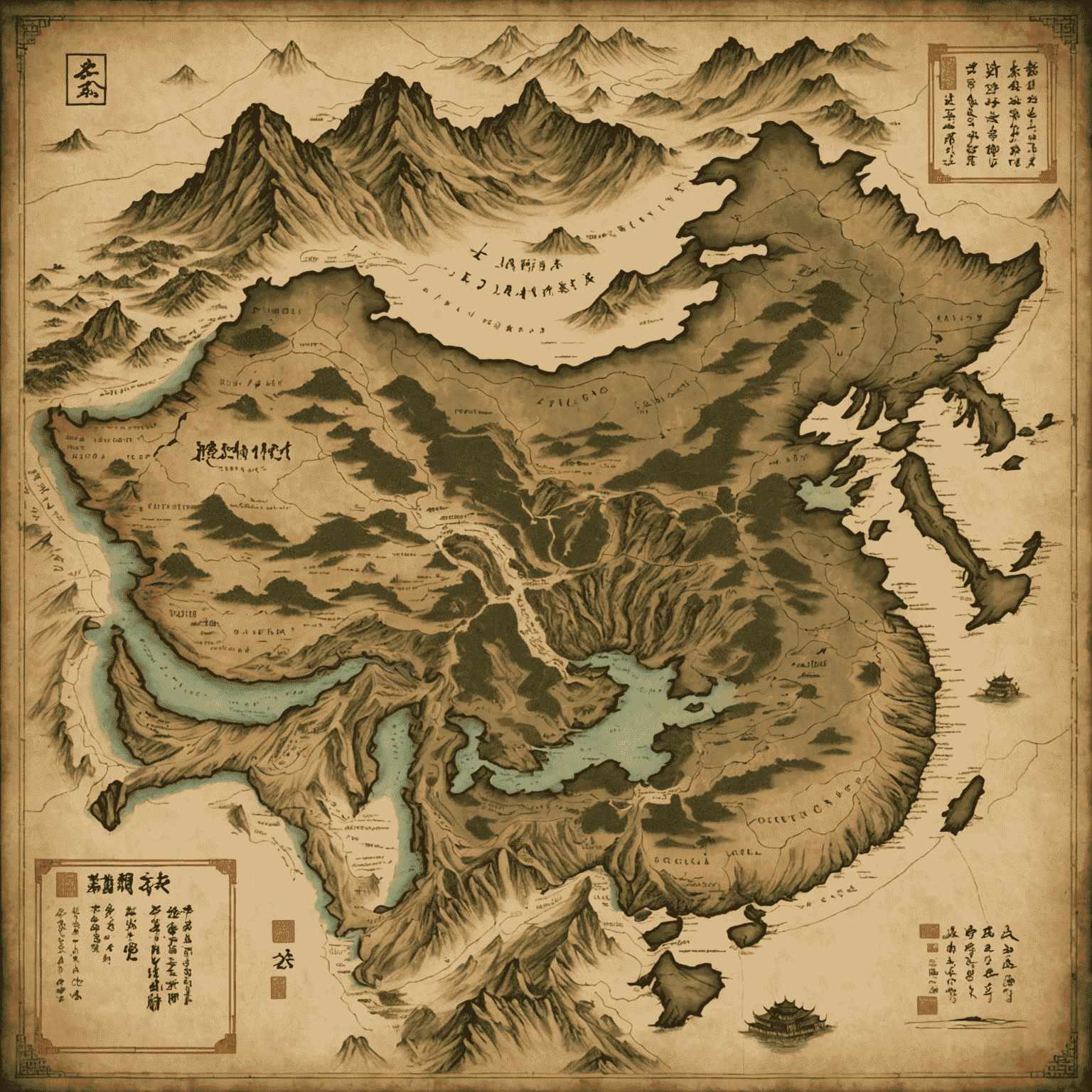Ancient Map Discoveries Unveil Early Civilizations' Geographical Knowledge

Recent archaeological excavations have unearthed a treasure trove of ancient maps, providing unprecedented insights into how early civilizations perceived and documented the world around them. These cartographic marvels are reshaping our understanding of historical geography and the evolution of mapmaking.
The Phoenician Sea Charts
Among the most significant findings is a collection of Phoenician sea charts dating back to the 9th century BCE. These charts, etched on clay tablets, reveal an advanced understanding of Mediterranean coastlines and trade routes. Dr. Amelia Cartwright, lead researcher at the University of Alexandria, notes, "The precision of these charts is astounding. They demonstrate that Phoenician navigators had a far more comprehensive grasp of maritime geography than we previously thought."

Phoenician sea chart depicting Mediterranean trade routes
"These ancient maps are not just historical artifacts; they are windows into the minds of our ancestors, revealing how they understood their place in the world."
Chinese Star Charts and Land Maps
Another groundbreaking discovery comes from the heart of ancient China. A series of star charts and land maps dating to the Han Dynasty (202 BCE - 220 CE) have been found preserved in a sealed tomb. These maps showcase an intricate understanding of both celestial navigation and terrestrial geography.

Han Dynasty star chart with constellation illustrations

Han Dynasty land map of ancient Chinese territories
The land maps are particularly noteworthy for their accuracy in depicting the Yellow River and its tributaries, as well as major mountain ranges. "These maps demonstrate that the Han Chinese had a sophisticated understanding of their vast territory," explains Dr. Liu Wei, curator at the Beijing Historical Museum. "They also provide new insights into ancient Chinese urban planning and trade routes."
Implications for Modern Cartography
The discovery of these ancient maps is not just a triumph for historians and archaeologists. Modern cartographers and geographers are finding valuable lessons in these early attempts at world-mapping. The innovative techniques used by ancient civilizations to solve complex geographical problems are inspiring new approaches in contemporary map-making and spatial analysis.
As we continue to uncover and study these cartographic treasures, we gain a deeper appreciation for the ingenuity of our ancestors and their tireless efforts to understand and document the world around them. These ancient maps serve as a bridge between past and present, reminding us that the quest to map our world is as old as civilization itself.